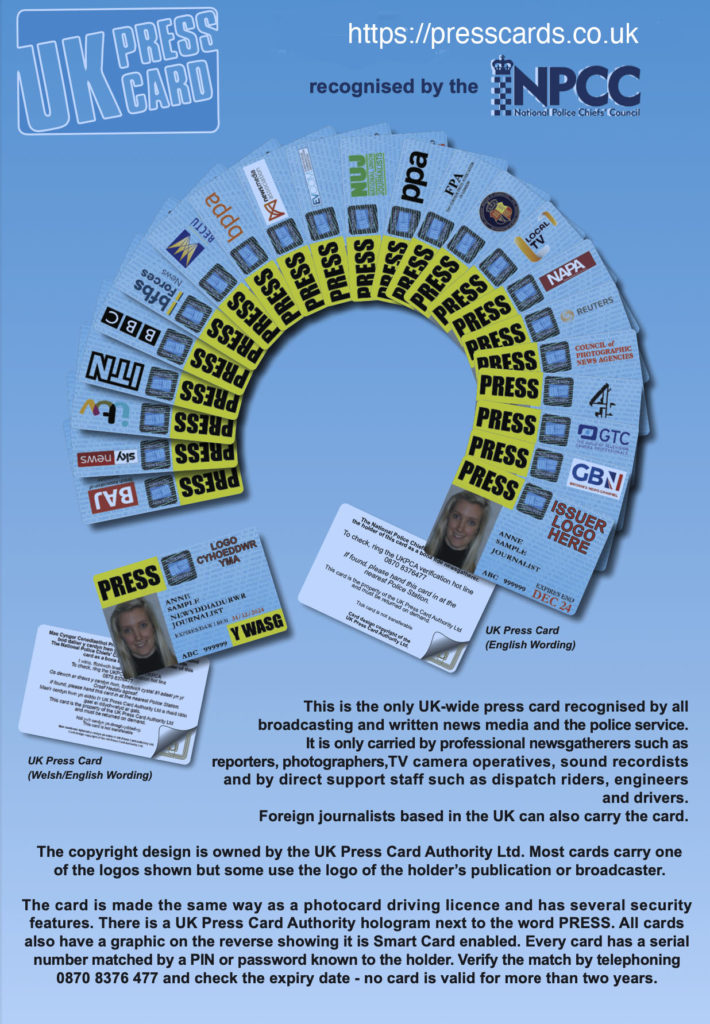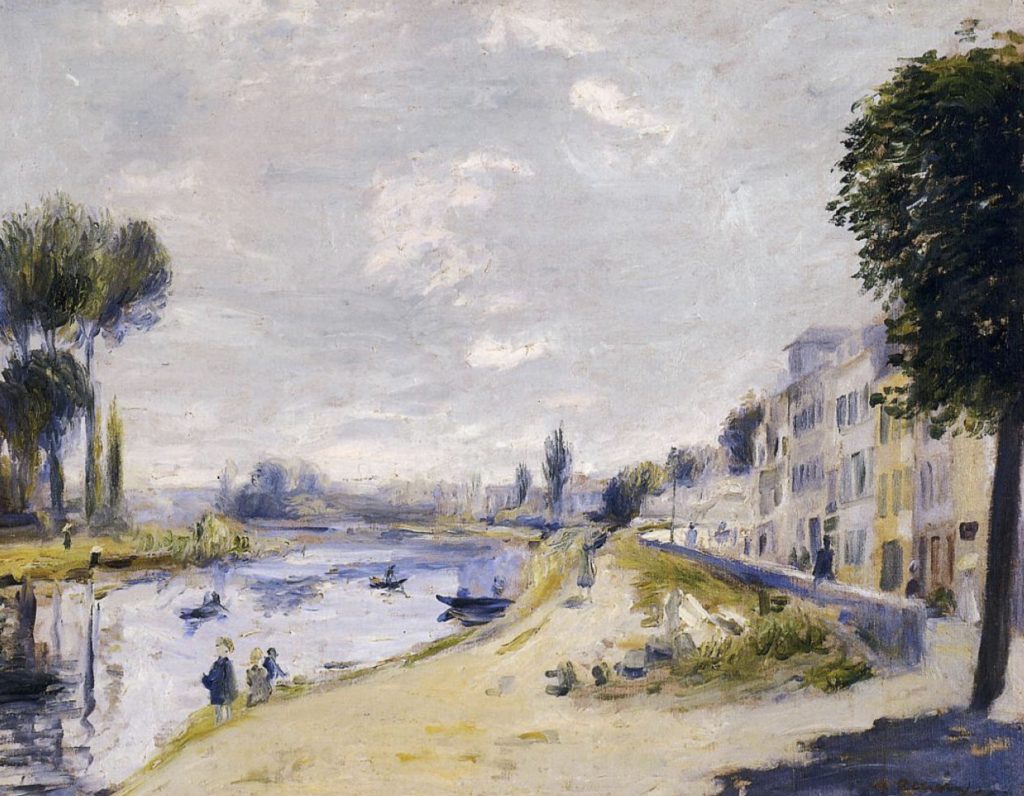
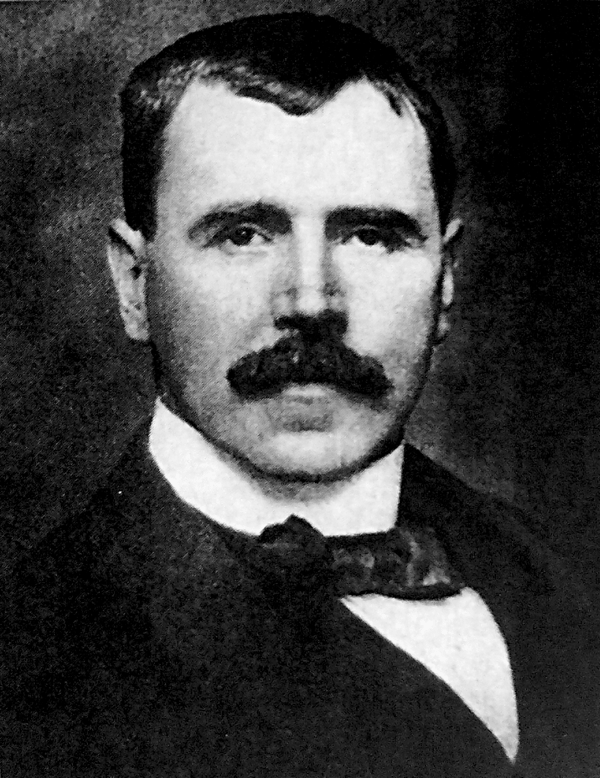
The need for identification for news gatherers has existed for some time and an officially recognised card would perhaps have been useful in 1871 during the Paris Commune when the artist Pierre-Auguste Renoir was arrested as a spy for sketching on the banks of the River Seine in Paris. Revolutionaries took him to the local town hall to be executed by firing squad, where luckily he was recognised and set free. During the first world war in Britain, hundreds of artists were arrested for sketching in the countryside and one, Sir John Lavery, RA, was arrested for sketching a Naval Dockyard, despite having been commissioned to capture the scene by the Admiralty.
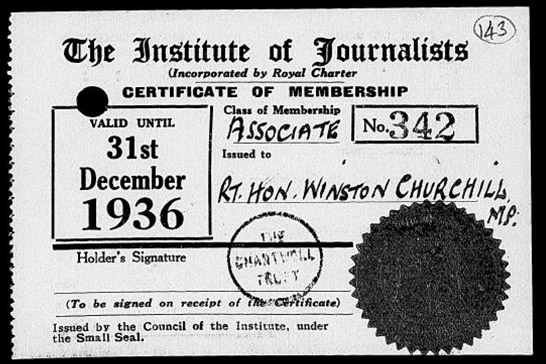

However, WW1 did mark the beginning of the Press Card in the UK. A general curfew had been introduced and in order for press workers to pass unhindered going to and from the newspapers during restricted hours, they were given a “Press Identification Card”. After that time various organisations such as Unions and other professional organisations issued cards to identify members of the Press to both officials and members of the public. In fact a number of high profile journalists had these, including NUJ member George Orwell and CIoJ member Sir Winston Churchill. There is a familiar image in old Hollywood films of the journalist or photographer, with their press card tucked into their hat band. This was never really done in the UK, even in hat wearing times, but there were a lot of different cards in people’s wallets.
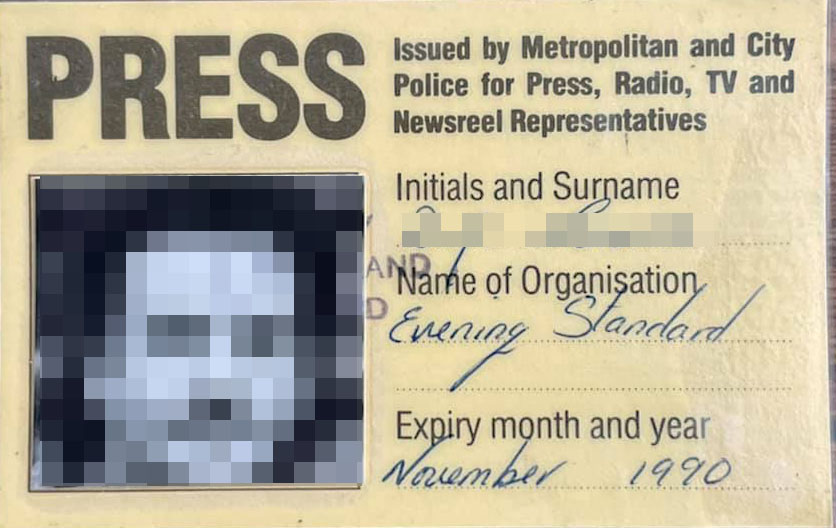
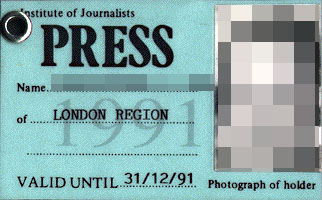
There was seen to be a need for a more standard, recognised card and one attempt to do this was the issuing of what became known as the “Met Card” which was issued by the City of London Police and the Metropolitan Police, to working journalists. This worked well in London, but police forces outside the capital, could be known to say “That’s only good for London” and refuse co-operation. With more and more news gatherers needing ID, not just those from the print outlets, but from the ever increasing number of Radio and TV broadcasters, something needed to be done. Also it was felt, not least by the police, that they should not appear to be licensing journalists. The time for a nationally recognised and fully independent Press Card had arrived.
The UK National Press Card scheme was launched in 1992 by all the major industry bodies with the help of the Metropolitan Police. This meant the end of the proliferation of press cards and an agreement was reached on a universally recognised card bearing the word PRESS. The now familiar blue background card, with the word PRESS in black on a yellow background was created. Initially the copyright on this card was owned by the Met Police and it was transferred to the UK Press Card Authority Ltd. when it was incorporated in 2004. The card is formally recognised by all police forces in the UK, by the Ministry of Justice, and de facto by other public bodies.
